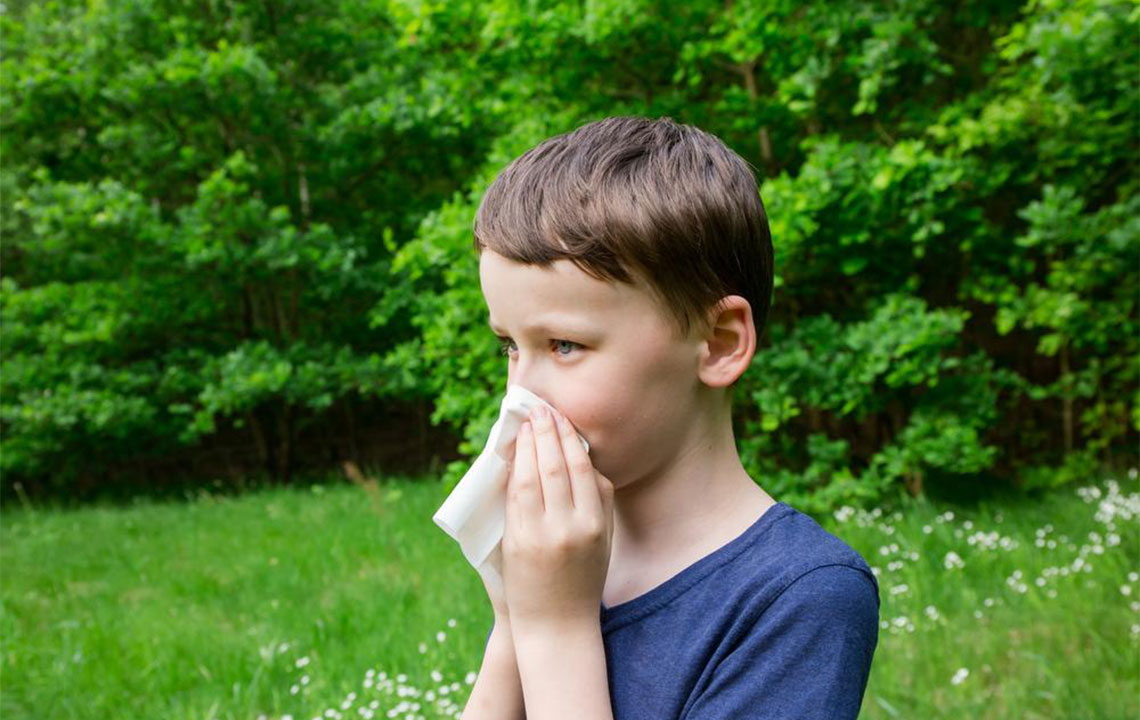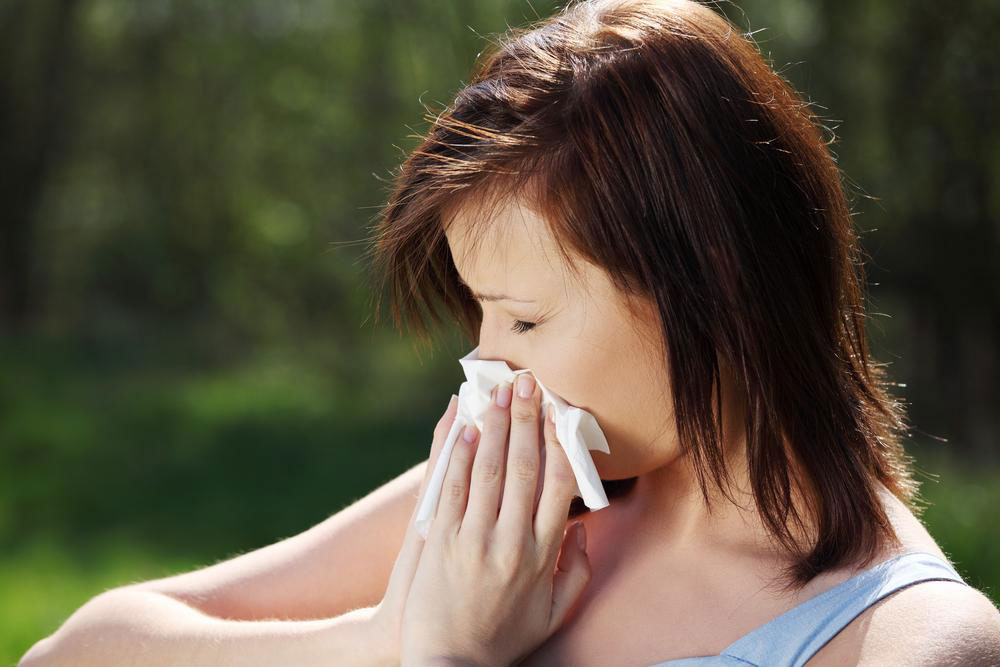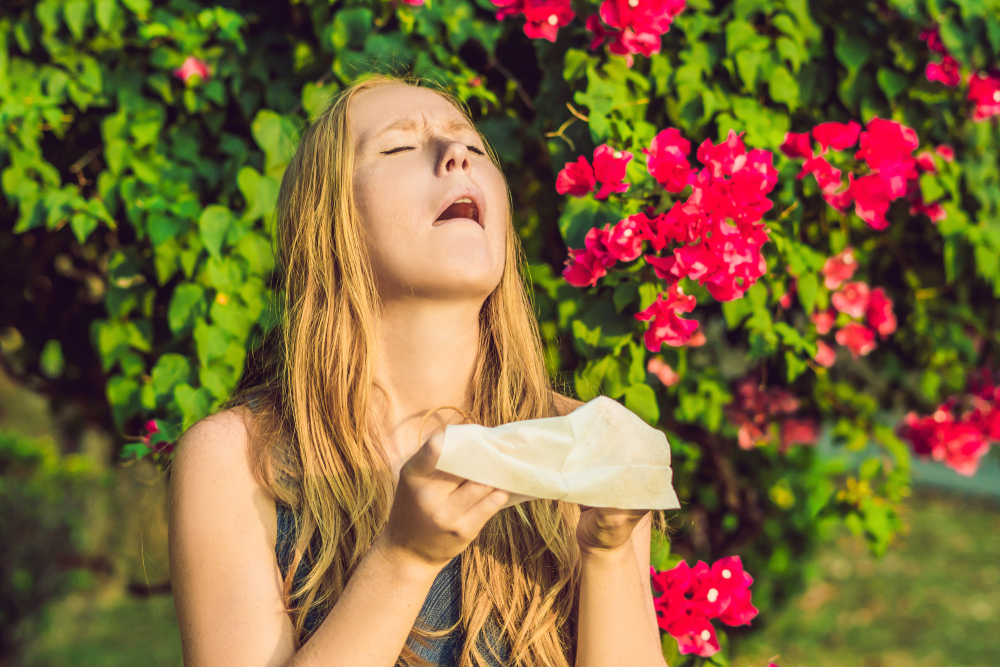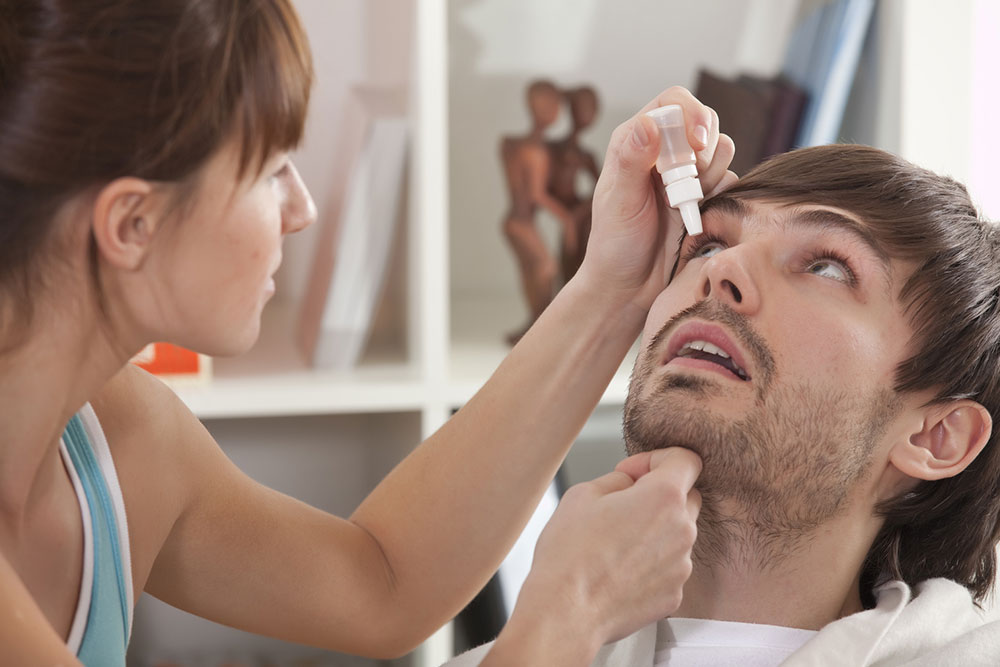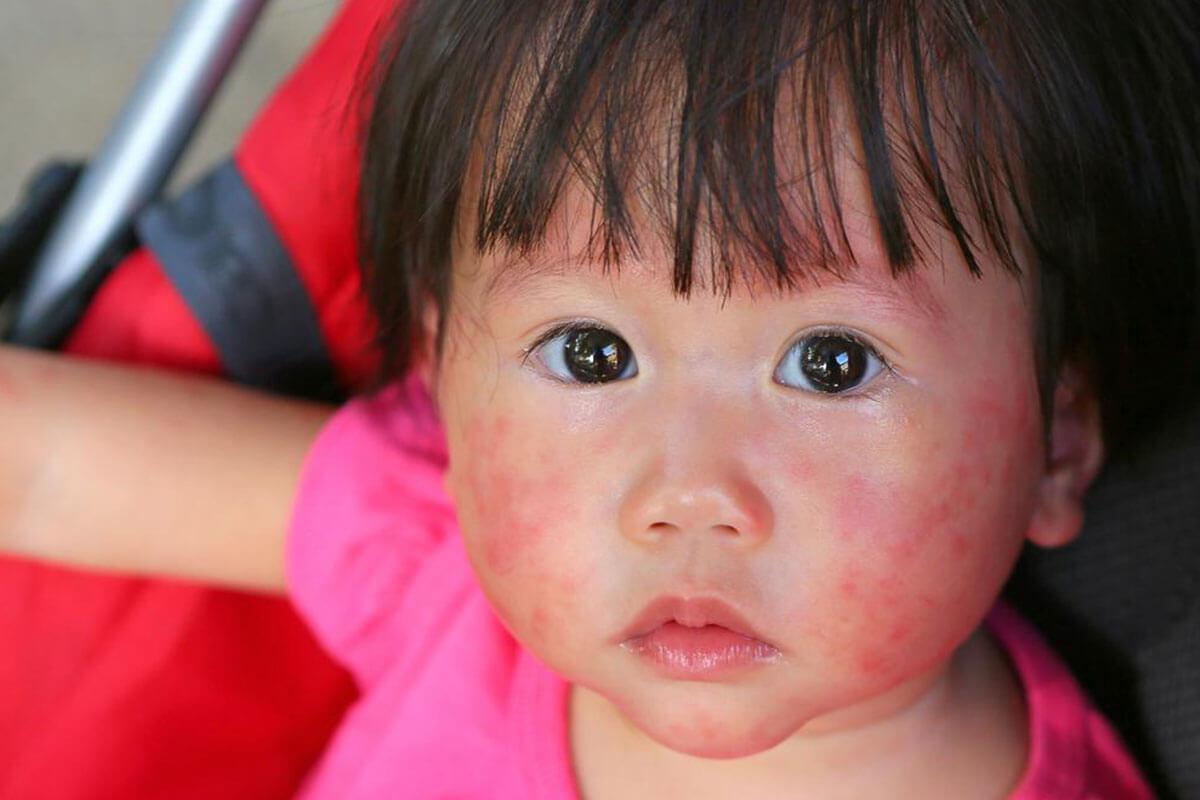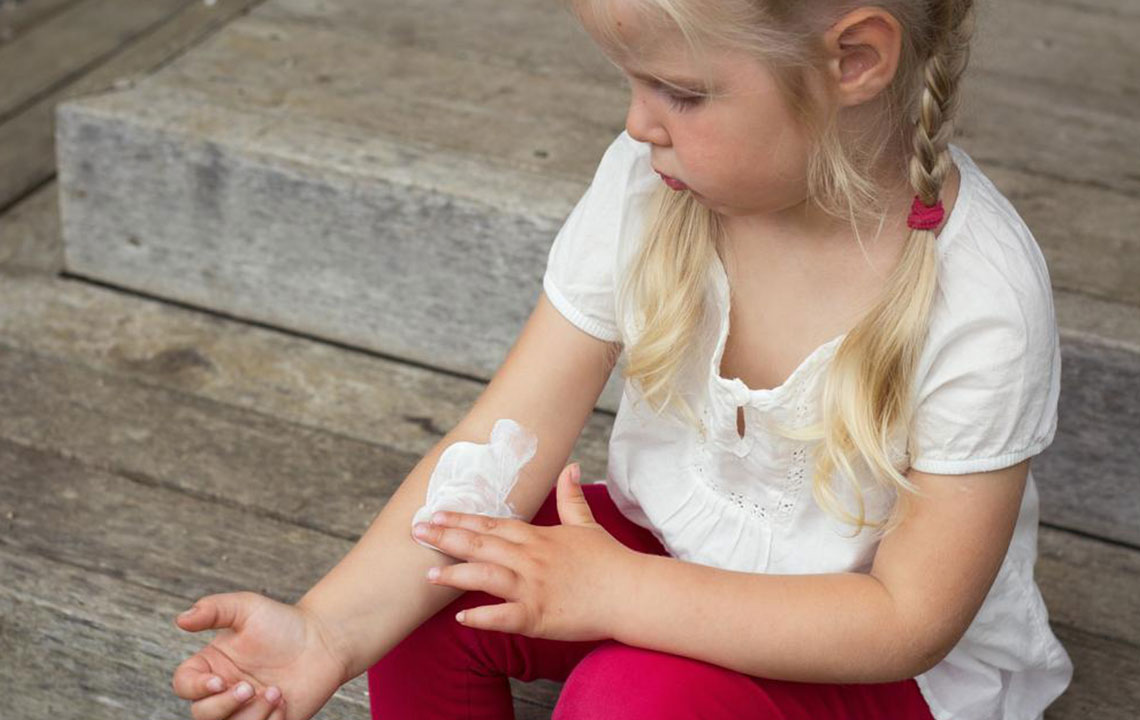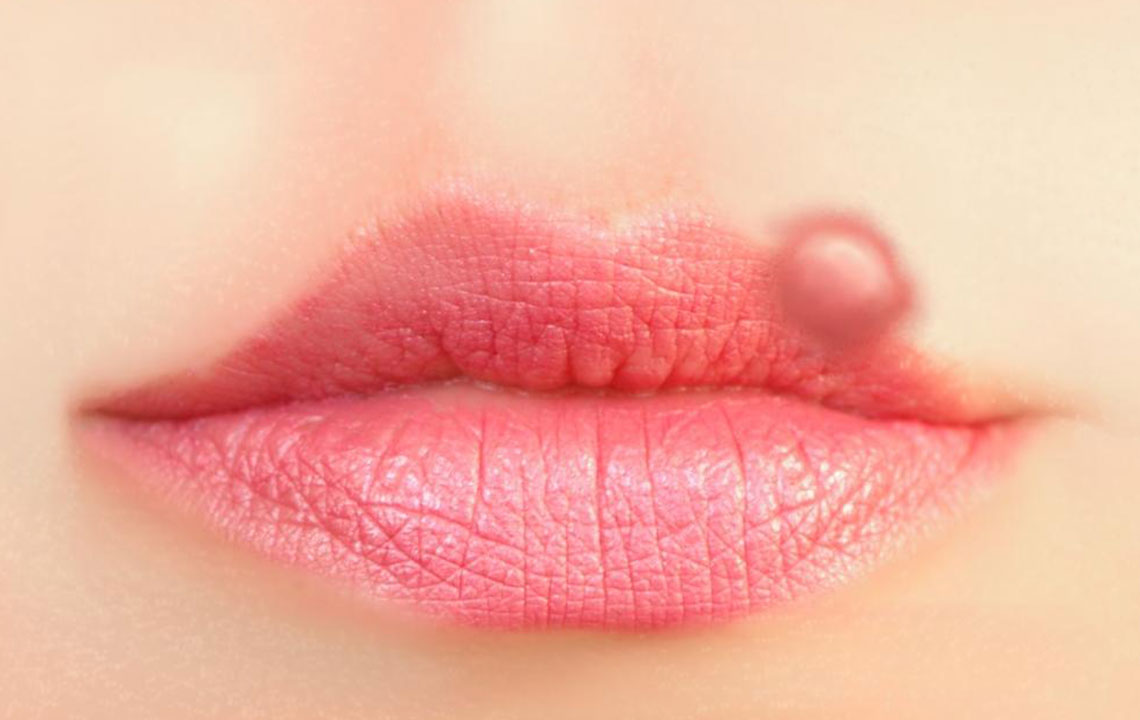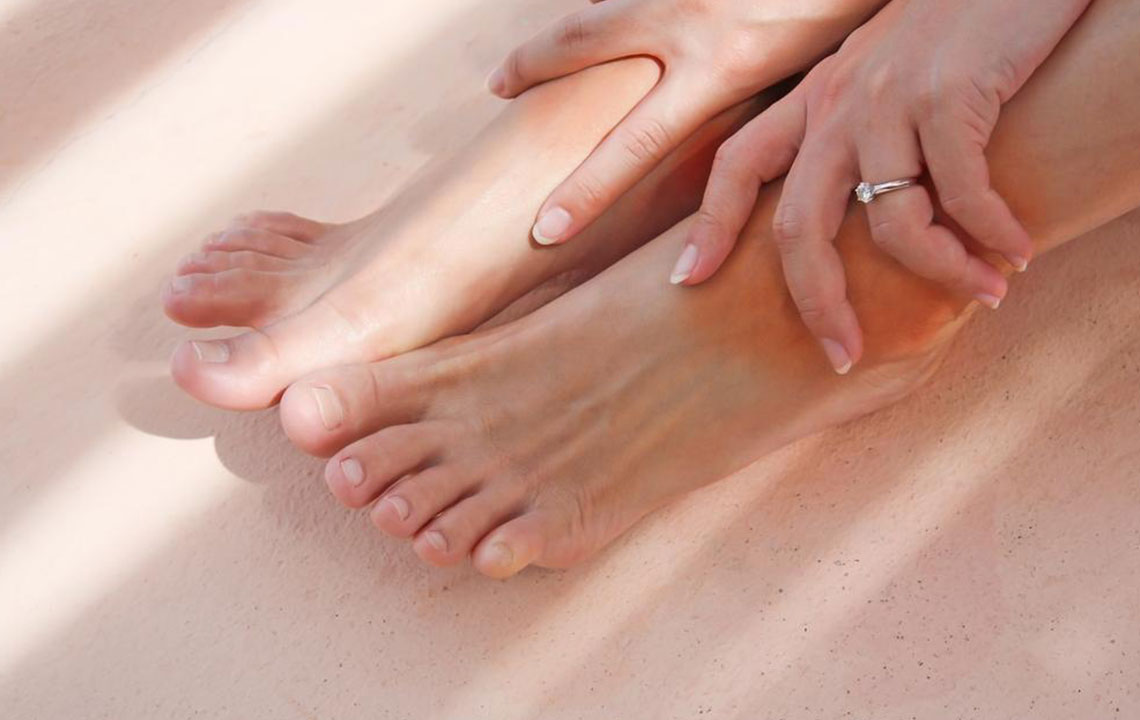Essential Guide for Parents: Managing Childhood Allergies Effectively
This comprehensive guide helps parents understand childhood allergies, identify triggers, and explore effective relief strategies. By recognizing symptoms and consulting healthcare professionals, parents can better manage allergies and improve their child's quality of life through medications, environmental control, and dietary adjustments. Understanding allergen avoidance and treatment options is crucial for safe and effective allergy management in children.
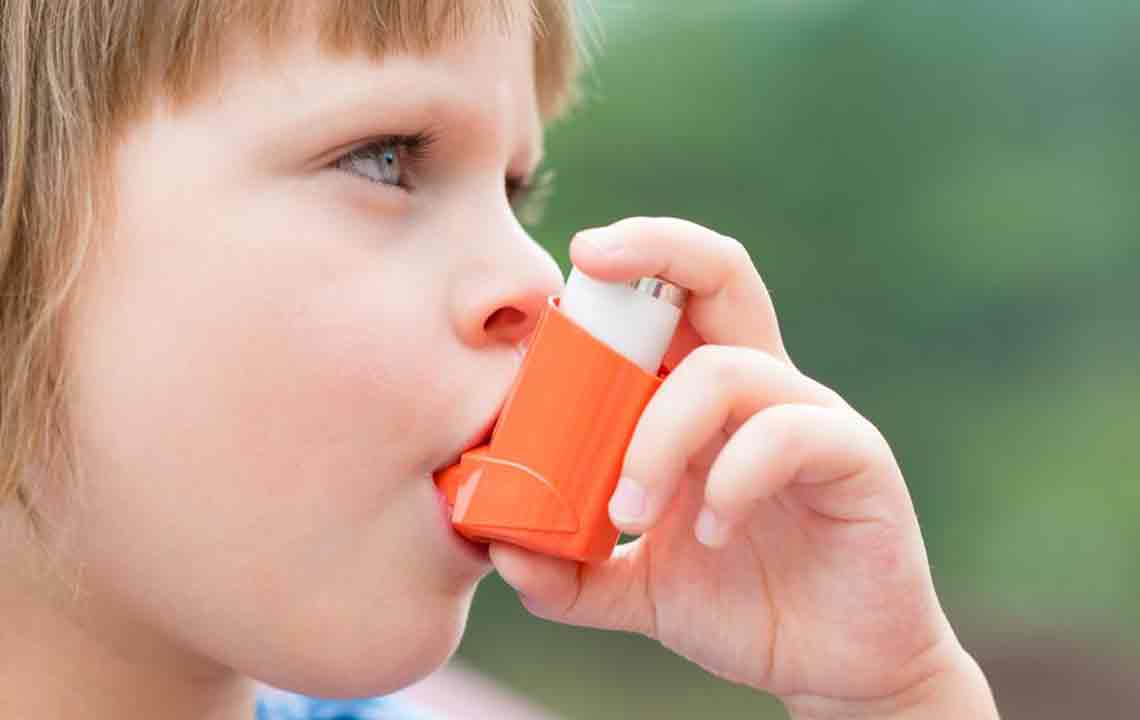
Essential Guide for Parents: Managing Childhood Allergies Effectively
Some children's immune responses react strongly to harmless environmental substances. These triggers, known as “allergens,” may affect only specific individuals, targeting them without impacting others. Allergens can be inhaled, ingested, or come into contact with the skin, leading to allergic reactions. Allergies are widespread, affecting about 20% of Americans, with children being particularly vulnerable due to developing immune systems. As a result, many parents seek effective methods for children's allergy management.
Common allergy sources include pollen, mold, pet dander, dust, and specific foods.
The symptoms vary depending on the allergen and exposure route.
Typical signs of skin or nasal allergies include:
Itchy, watery eyes
Sneezing
Runny or itchy nose
Skin rashes or hives
Fatigue or malaise
Gastrointestinal issues like cramps, vomiting, or diarrhea (food allergies)
Children’s allergy management
Though allergies cannot be cured, symptoms can often be alleviated. It’s crucial to identify the specific allergy through symptoms and testing. Complete allergen removal is challenging but avoiding known triggers can help. Various medications can also provide relief, but consulting a healthcare professional is essential for proper guidance and dosing.
Mitigating environmental triggers can be difficult, especially for seasonal allergens like pollen or dust, but medications can offer significant symptom relief. An antihistamine is typically the first-line treatment, blocking histamine release that causes allergy symptoms. Some antihistamines are combined with decongestants. Side effects may include drowsiness or dry mouth. Starting medication prior to allergy seasons, such as pollen bloom, can prevent symptoms. For year-round allergies, regular treatment may be necessary.
Nasal sprays, containing corticosteroids, effectively reduce nasal inflammation and improve breathing. Prescription eye drops are also available to ease ocular symptoms. In addition to medication, other strategies can help manage allergies: keeping children indoors during peak allergy periods, using saline nasal rinses, ensuring adequate hydration, and maintaining suitable humidity levels with humidifiers—ideally below 40% to prevent mold growth. Applying cold compresses can soothe itchy eyes; avoiding rubbing and spicy foods, along with warm water gargles and green tea, can provide additional relief. Warm compresses on the face may help ease sinus discomfort.
Identifying food allergies involves monitoring and carefully reintroducing suspected foods after elimination. Eliminating common allergens like nuts, dairy, or eggs from the diet temporarily can help determine triggers. Reintroduction should be gradual and under medical supervision. Persistence and patience are key, as symptoms may take time to subside and may require various medications. Always follow medical advice for allergy treatment, as managing childhood allergies requires professional guidance to ensure safety and effectiveness.

